Recently, scientists have discovered some planets that are better than Earth in various aspects, these planets are known as ‘Super Earths.’ Until now, Earth has been considered the most suitable planet for supporting life within our solar system. On the othee hand other planets in our solar system are not habitable at all.
Also Read: Air Conditioner side effects: Keep Yourself Safe
Similarly, in the universe, there are millions of planets whose conditions are worse than Earth, where survival is impossible. However, it’s entirely possible that there are planets in the universe with conditions even better than Earth’s.
Habitable Exo Planets
So, scientists have put their efforts into finding 24 exoplanets that could be super habitable. Exoplanets are simply planets located outside our solar system.
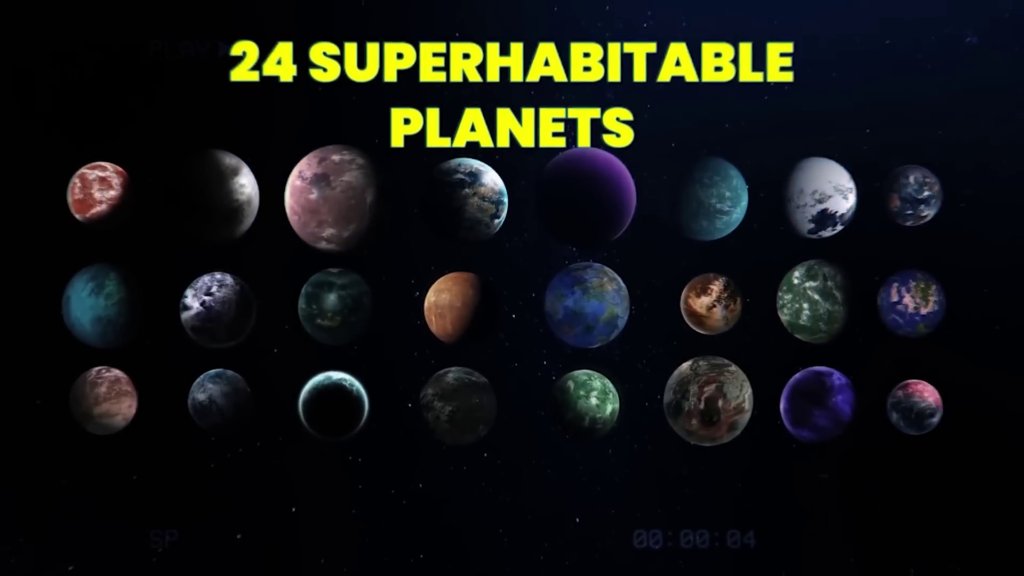
What is Super Earth?
Super Earth: what’s so Super in them? These planets have a mass greater than Earth’s but are smaller than our solar system’s ice giants like Uranus and Neptune. These planets orbit within the habitable zone of their nearest star.
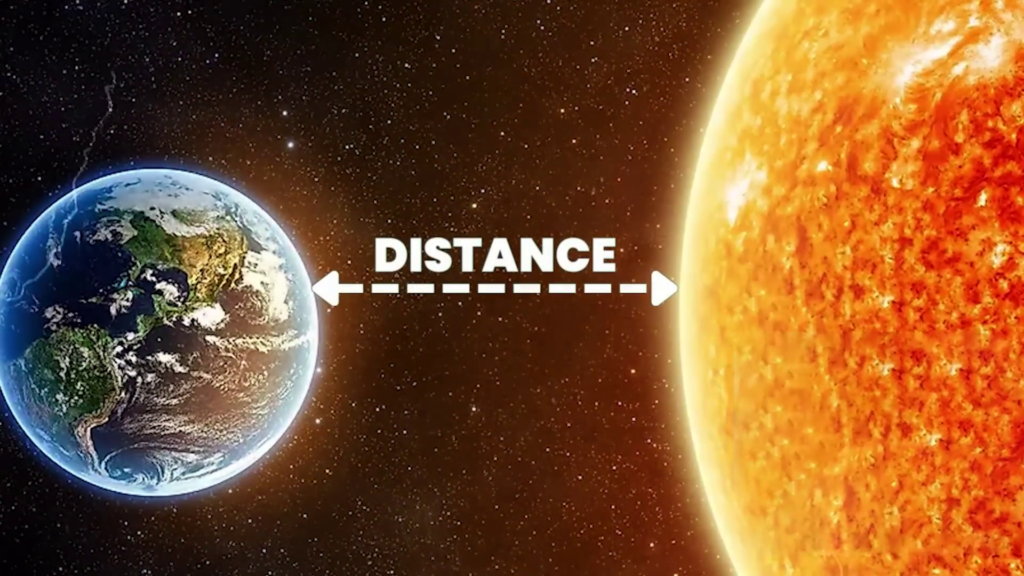
Initially, scientists aimed to search for Earth-like exoplanets based on criteria such as Earth-like atmospheres, similar sizes, orbiting yellow stars like our Sun, and being at the same distance from their stars as the distance between our earth and sun. However, this approach wasn’t consistently successful, so scientists have changed in criteria.
Habitable Super Earth
Recently, in 2020, 24 super-habitable exoplanets have been discovered. Among these, two planets are considered potentially habitable for human survival. The first planet is KOI5715.01, which is around 5.5 billion years old, located approximately 3000 light-years away from us, and is twice the size of our Earth. Additionally, it’s within the ‘Goldilocks’ or habitable zone.
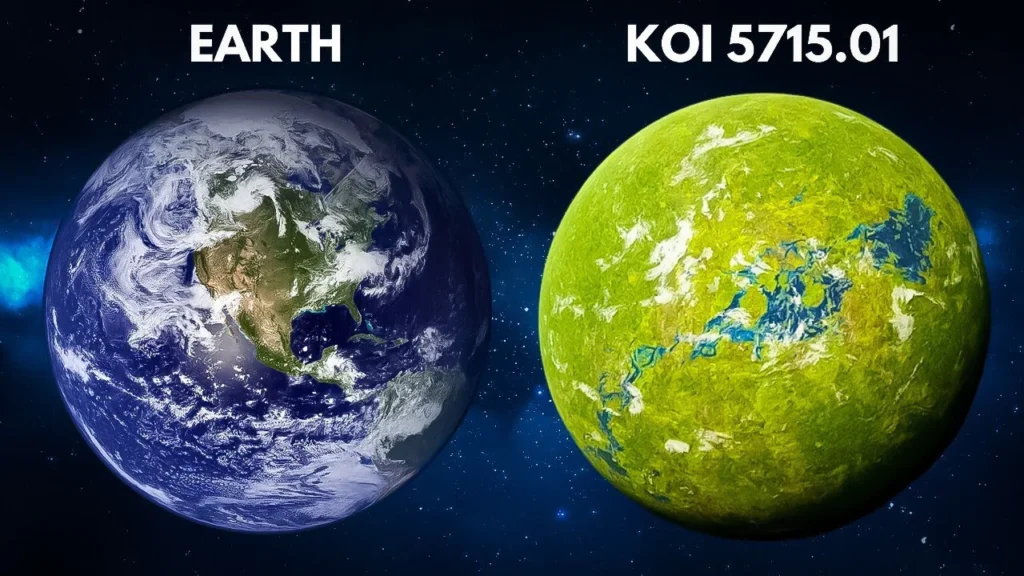
The star the planet orbiting has a radius only 77% of the Sun’s, its mass is also 76% of the Sun’s mass, and its luminosity is much lower than the Sun’s, at only 34% of the Sun’s luminosity. Essentially, it’s an orange star.
Similarly, there’s another planet named KOI5554.01, located 701 light-years away from Earth. Besides that, there’s another planet called TRAPPIST-1e. It’s situated at a distance of 40 light-years from Earth and is also considered a super habitable planet.
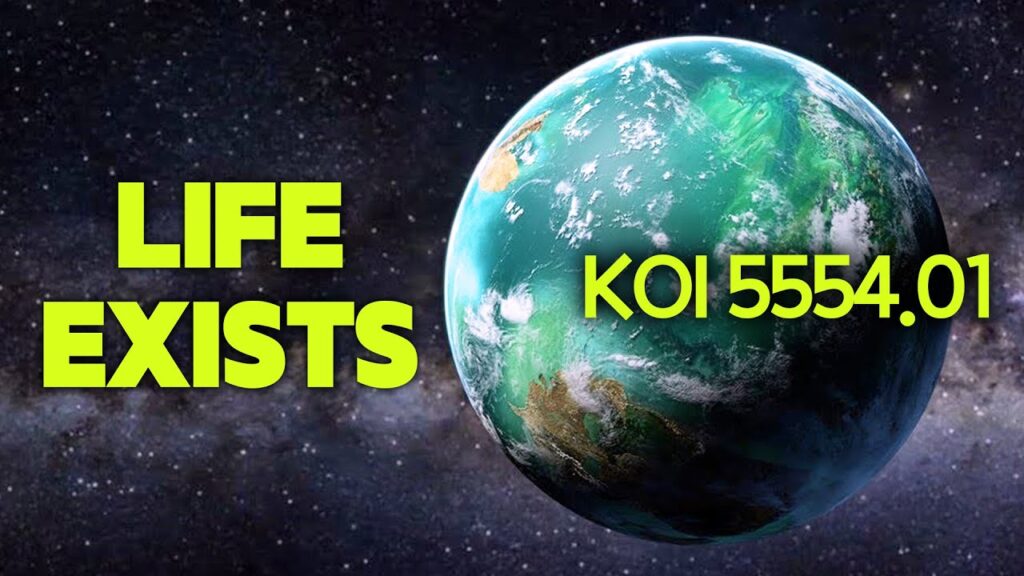
Some Characteristics Of Super Earth
What are the characteristics of these planets? Why are they super-Earths? Let me explain two major reasons. Firstly, their sun is different than ours. Our Sun is a bright yellow star, whereas these planets orbit an orange star.
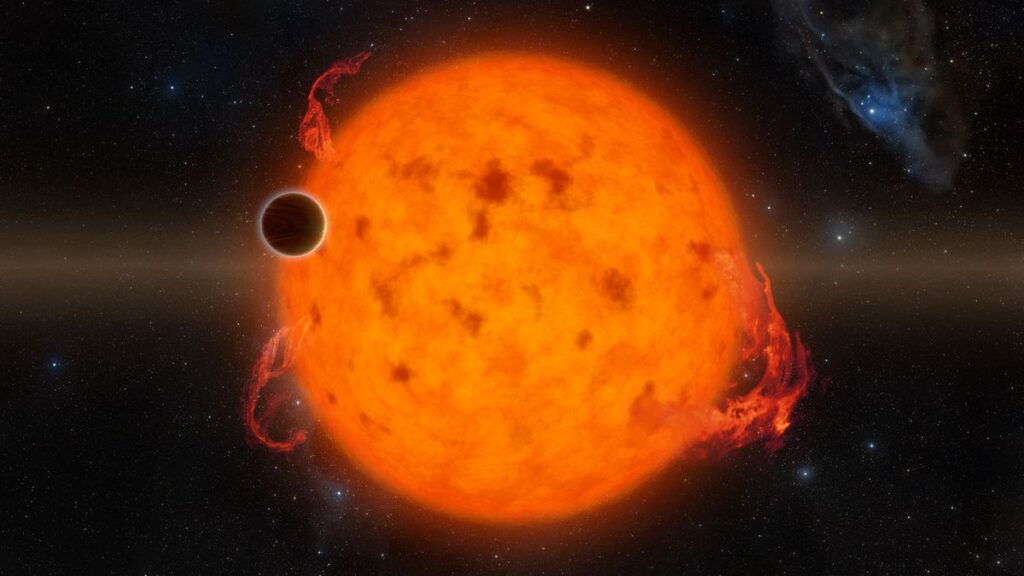
The mass, radius, and luminosity of an orange star are lower in comparison to a yellow star, yet the lifespan of planets around orange stars is longer. While a yellow star has a life span of 10 billion years, an orange star’s life spans between 15 to 45 billion years.
This is a reason why planets orbiting orange stars situated in the habitable zone are fall into the super earth category. Life on these planets can thrive for twice as long compared to Earth. Indeed, it’s a fact that when the Sun eventually fades away, all the planets in our solar system will perish. There will be no trace of life left on Earth.
Another major factor for a super-Earth is called ‘Super’ because of its size. Scientists currently prefer searching for such super-Earths that are at least 1.5 times larger than Earth. If a planet is larger, it might accommodate more people, but that’s not the only reason. The primary reason behind seeking larger planets is gravity. The larger the planet, the greater its mass, resulting in higher gravity. This higher gravity helps in better containment of the atmosphere, making it more stable and conducive for sustaining life.
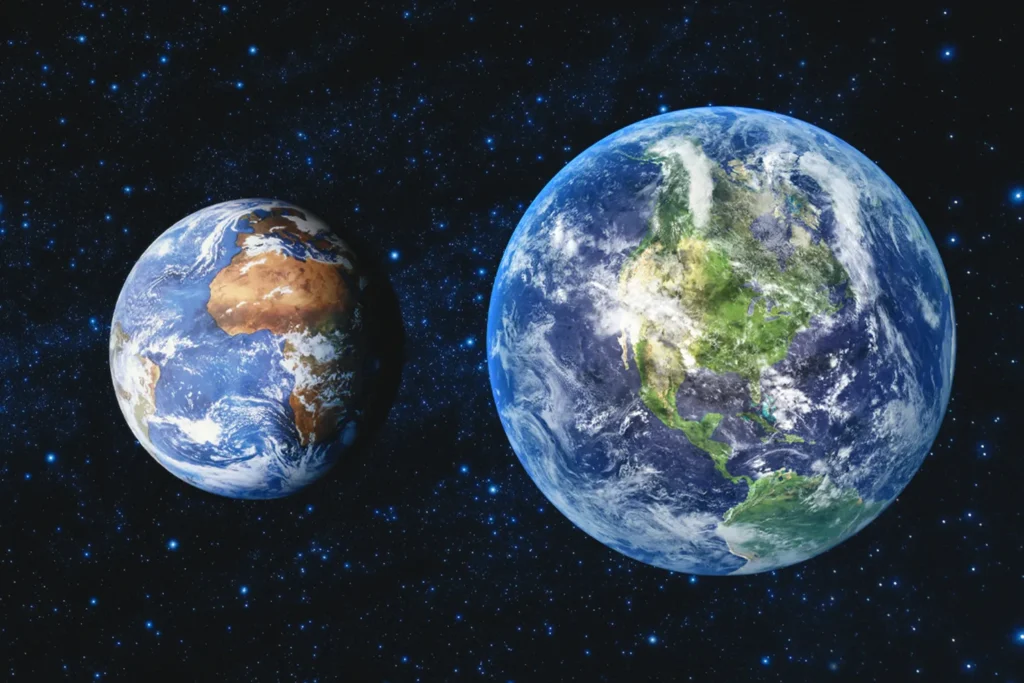
Apart from these, there are other factors and considerations in the search for planets. Based on these factors, 24 such exoplanets have been discovered that could be habitable, as I mentioned earlier.
A Habitable Moon is Discovered
Now, scientists have found a moon within our solar system that might be habitable. There’s a possibility of life existing there, and this moon belongs to Jupiter—Jupiter’s second-largest moon, Callisto. Recent research indicates that this moon has a proper atmosphere and even oceans beneath its surface.
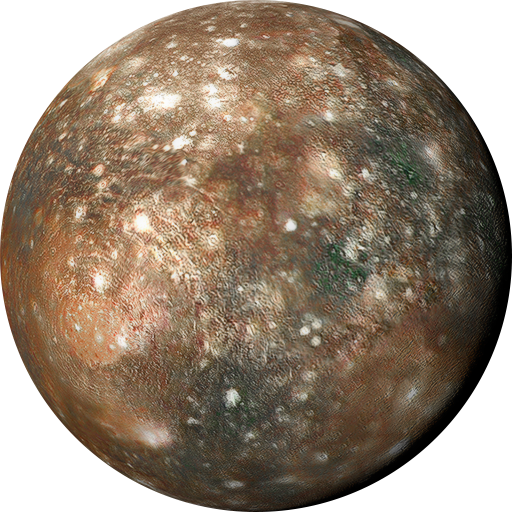
However, currently, it’s not suitable for human habitation due to the radiation emanating from Jupiter. If somehow this radiation issue could be addressed, I’m sorry, correction, if this radiation concern were resolved, human life might become possible on this moon.
In the Concluding Lines…
Super-Earths are bigger than our planet but not as huge as gas giants. They open doors to finding other places that might be able to support life outside our solar system. Scientists study these planets to learn about how they’re made, what their atmospheres are like, and if they could be habitable for living things. Exploring super-Earths helps us understand more about how planets form and what conditions might be needed for life to exist elsewhere in the universe. By learning more about them, we might discover new worlds where life could thrive, changing how we see our universe.
